I've started a new series of posts (Sorry, but I have to organise verything into some series, it helps me a lot) about rare, lees known or forgotten aircraft. The next one can be either about the Tu-128, the A-5 Vigilante or the Convair CV-880 and CV-990. If you want something different, write in the comments.
South Africa's Supersonic Fighter
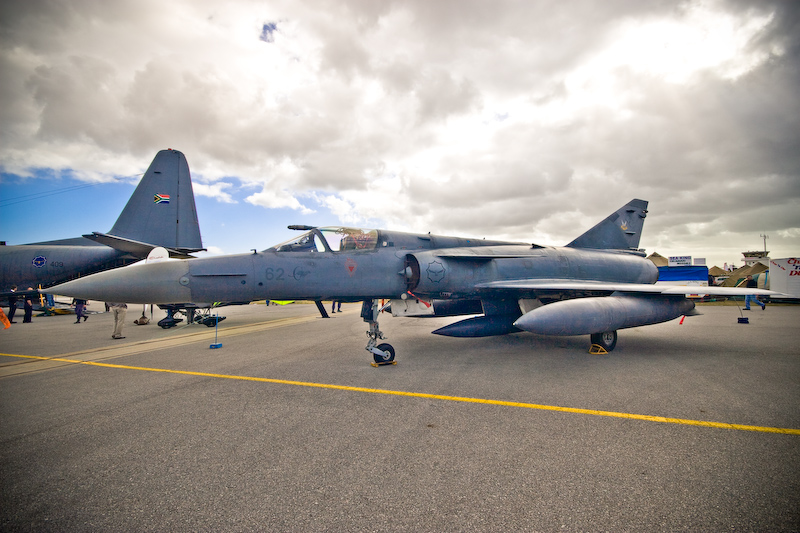
In the early 1980s South Africa needed a modern fighter and strike aircraft. Many bordering countries that were equipped with advanced Soviet aircraft, such as the Mig-23 fighter. This could be seen during the so called Border War, where South Africa and Portugal fought Namibia, Angola, also supported by Cuba.
Other than that, the political situation in South Africa was a problem. United Nation's sanctions prevented the country from buying new aircraft, the only option being upgrading the ones owned by the South African Air Force (SAAF), if talking about fighters, mainly old Mirage III and a newer, hence more advanced Mirage F1 aircraft (At the time SAAF also operated Bucaneers or Canberra bombers as other combat aircraft). The SAAF decided to make very large upgrades to one of it's fighters.
A modified Mirage III
The SAAF decided to make a newer, updated version of the Mirage III. The Mirage had one successful updated, the IAI Kfir (In Hebrew-Lion Cub), first flown in 1973. The Mirage III was older, and pilots, engineers and staff had more experience with it, than the Mirage F1, making the Mirage III an ideal aircraft for upgrades.

The IAI Kfir (Sri Lankan Air Force).
The work on the Mirage II upgrade was carried by Atlas Aviation. The company upgraded or changed many aircraft used by the SAAf, such as the Aeramacchi MB326 (Atlas Impala). A group of Israeli technicians helped designing the Atlas Cheetah. The airframe was changed, sometimes replaced. Canards (small surfaces placed ahead of the wing) were installed, a refuelling probe was installed (more likely build for possible customers), better ejection seats, a more powerful engine, the wing leading edge was changed, flight dynamics were improved.
The minimum airspeed was reduced, the Angle of Attack was improved due to some nose corrections. other than that the maximum takeoff weight was increased by 700 kg (that's nearly three more bombs that could be loaded onto the Cheetah). The Cheetah's avionics included a dopppler radar that could track and target both air and ground targets. The aircraft had new navigation and weapons systems. The plane was fitted with a self-defence system.

A Cheetah stored in a museum in Pretoria.
The design
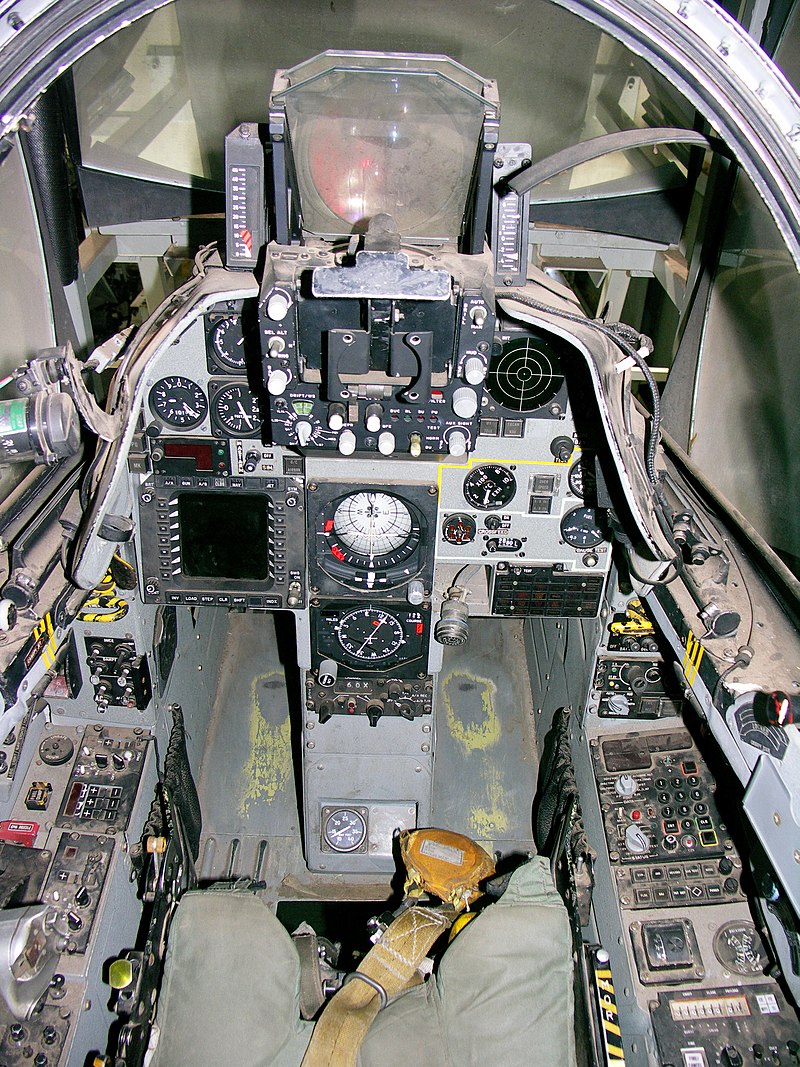
The Cheetah's cockpit wasn't as sophisticated as many cockpits from the eighties. Compared to the Mirage, there was much more features that were used in the most advanced aircraft at the time, the fourth generation fighter, such as a Head-up Display. The Cheetah could carry numerous bombs, the lightest weighing 12,5 kg. and the heaviest-250, totally 4,400 kg of bombs. It could carry two missiles and four rockets, that is two times more rockets than the Mirage III.
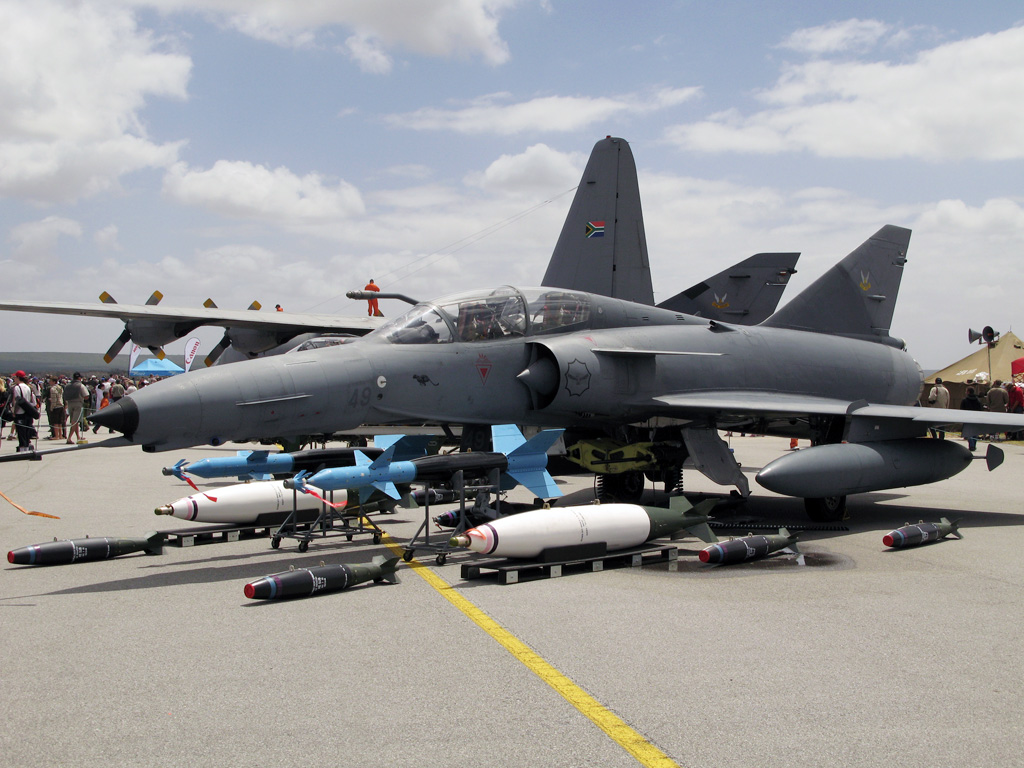
With weapons
Cheetah's Performance
Performance
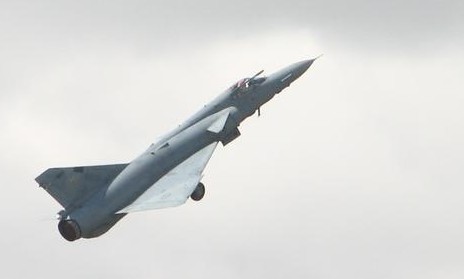
Atlas Cheetah Performance
- Maximum speed:
- At altitude: Mach 2.2 (1,460 mph, 2,350 km/h)
- At sea level: Mach 1.14 (865 mph, 1,390 km/h)
- Range: 700 nmi (1,300 km)
- Ferry range: 1,400 nmi (2,600 km)
- Service ceiling: 55,755 ft (17,000 m)
- Rate of climb: 45,950 ft/min (14,000 m/min)
Mirage III Performance
Mig-23 Performance
The Versions
Cheetah C

This Cheetah version had better avionics and radar, a HUD updated. Other than that, the design changed, such as the refuelling probe an gear. The C version could use GPS guided and Laser guided bombs.
Cheetah D

This was the two-seater variant. The one and only two seat variant would help pilots to switch to the C variant. The Cheetah D was in a way a trainer. The engine replaced, too. The windshield was modified. The D variant was also used for testing by Atlas, which later became Denel Aviation. One of tests included a Cheetah D version, that used a modification of the Klimov RD-33 engine used on Mig-29 and Mig-35 aircraft.
Cheetah E
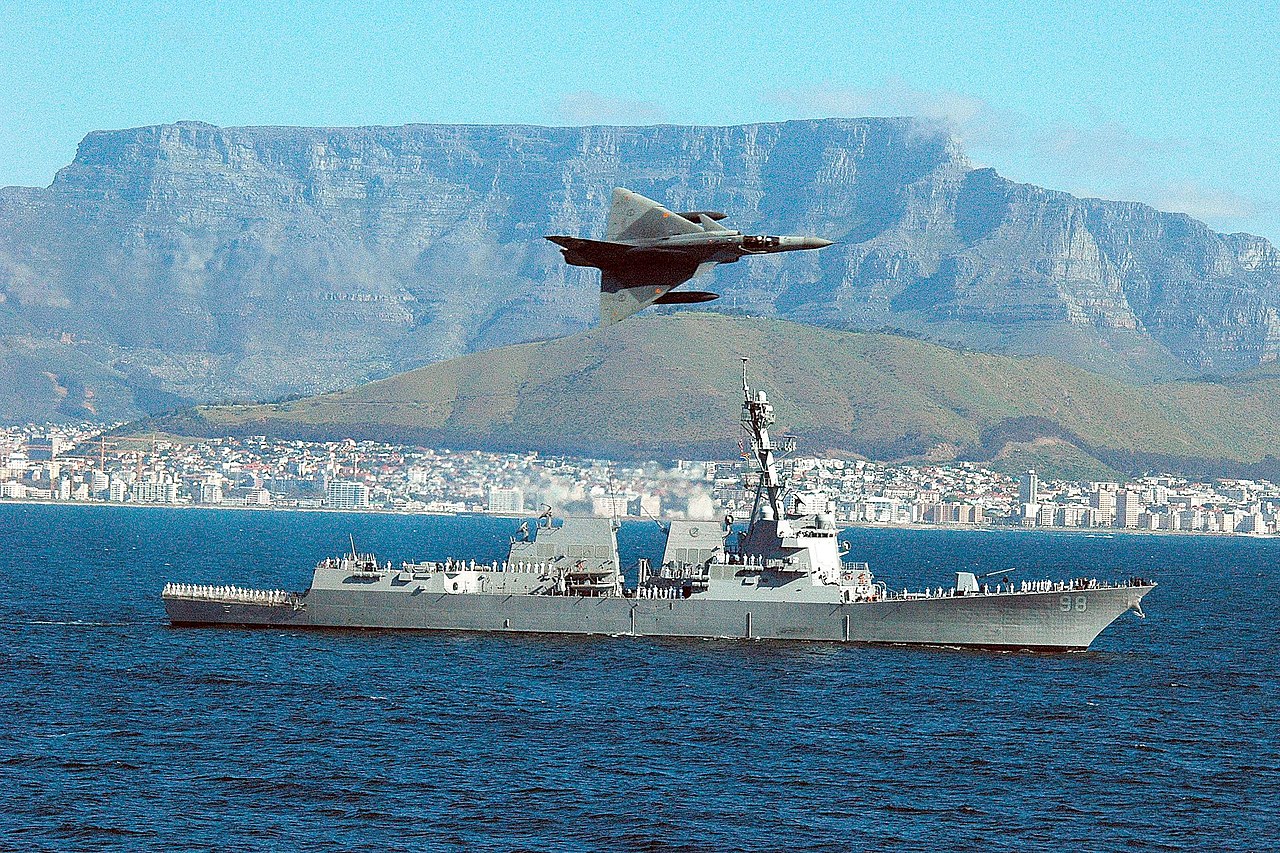
This version of the Atlas Cheetah had rather simple avionics. It's role was an interceptor, that could be used in case of an attack on South Africa from the north.
Cheetah R
This variant was more of a study into a reconnaissance version. The SAAF didn't want a reconnaissance Cheetah, and Cheetah C was made into a reconnaissance airplane.
Operation and Operators

Due to the lack of data about South African technology from the Apartheid times, there is very little knowledge about the Cheetah's operation in South Africa.The first Cheetah's to roll of production line were D and E variants. Eventually I haven't found data about the first flight, but the fighter became operational in 1987 and first flown in 1983. Between 1986-1991 70 Cheetah's were built. None of the Cheetah's entered combat in Border War. Two of them were on a 24/7 alert status and meant to be used as an interceptor.
Other than the SAAF, two (actually one) air forces operated Cheetah's. The first one was Chilean Air Force. As Chile operated Mirage 5 fighters and they were similar to the Cheetah, the E variant was bought for spare parts. The mirage 5 was retired in 2007, so there was no need for the Cheetah.
The second operator was Ecuador. In 2009 10 Cheetah Cs and 2 Es were bought. They arrived in Ecuador on April 2011 and are still operated. Denal Aviation (ex Atlas) owns two Ds as testbed. SAAF retired Cheetah's in 2008, replacing them with Saab JAS39 Gripens.
Why was the Cheetah unsuccessful?

F/A-18 Hornet
Atlas Cheetah was the last Third generation Fighter. At it's times highly advanced Fourth Generation fighters were already operational. They have highly advanced avionics with LCD displays, much better radars, advanced autopilots (most third generation fighters had pitch control only in case of the autopilot's "work" on the altitude), Fly-By-Wire controls or supercruise (maintain a supersonic speed without use of afterburners, though featured on older aircraft, fourth and fifth gen. fighters have it more often than any other fighter generations).

Fourth Generation fighter cockpit simulator (Su-34).
With such competitors, the Cheetah was too old. It can be simply explained by the fact, that it was meant to be an improvement for the SAAF, not really an aircraft targeted for export to other countries.
The Cheetah is an old airplane, the last third generation fighter. It's a bit of a mystery due to the times it was built in.
All pictures from Wikipedia
Brak komentarzy:
Prześlij komentarz